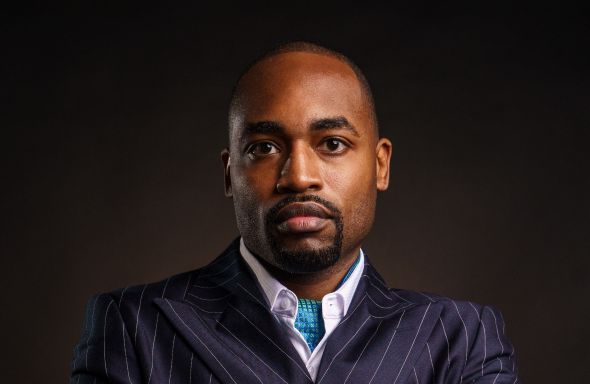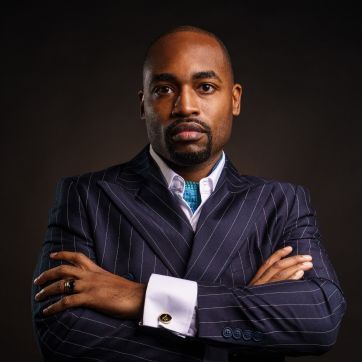
In this week’s blog, Phius EDI Director Dr. L. David Stewart discusses Phius’ efforts in the areas of equality, diversity and inclusion.
When a word is referred to as “The (insert letter) Word,” it is assumed to be a bad word. In this case, I am referring to “The D Word” – diversity. While some may have grown fatigued on the topic, I assure you it merits discussion.
At Phius, the drive for diversity is not as simple as having a (insert black, minority, or person of color) shown to check off a box on a checklist. It is about understanding that people are as diverse as the brick, concrete and metal of the buildings we inhabit. It goes without saying the events of 2020 – from the pandemic to the George Floyd riots – impacted many of us on a molecular level. However, advancing the conversation in order to evolve must include both context and relevance.
Context
In this case, context refers to the environment in which such atrocities exist. The environment that we work so hard to impact with passive housing can't be passive for its inhabitants. We often want to impact the environment, but in order to do that we have to ask who is in said environment.
Relevance
Relevance in this case refers to why this matters to us at Phius. We at Phius champion the environment, which includes the built environment and all the people within it. We are honest in that we may not have THE answer. This process is and will be a journey that is ongoing, and we embrace that.
As an organization, we have embarked on an ambitious initiative to develop and collaborate with various partners with which we will be unveiling over the coming year. We have also developed a 5-year plan for showing that our interest in diversity is not performative but collaborative. EVERYONE exists in the environment. The discussion of passive building technology should not and will not be limited to those who have a certain economic status.
The plan we have entails working with partners in various organizations in various cities nationally and internationally to address issues that are not just “first world” but for the whole world. We struggle, but struggle together. Passive building technology will actively engage EVERYONE, making it relevant in every context. This is just the first step…
We are working to find the best answers to positively impact the environment for all who inhabit it – period. That involves honest dialog with those who share our passion for the built environment from design, construction, engineering, education, policy, and financial perspectives. Within each of those sectors are people who comprise various backgrounds and contribute equally to the benefit and elevation of the built environment. Let's not run from the adversity, but welcome it. Because like the built environment, solutions for improvement come from collaboration and acknowledgement.
I close with this: Diversity is built on differences and disagreement. While differences and disagreements shall and will occur, let's welcome them. That way, we can collaborate to find different perspectives to improve the built environment and the nature in which it resides and for all who inhabit it.
